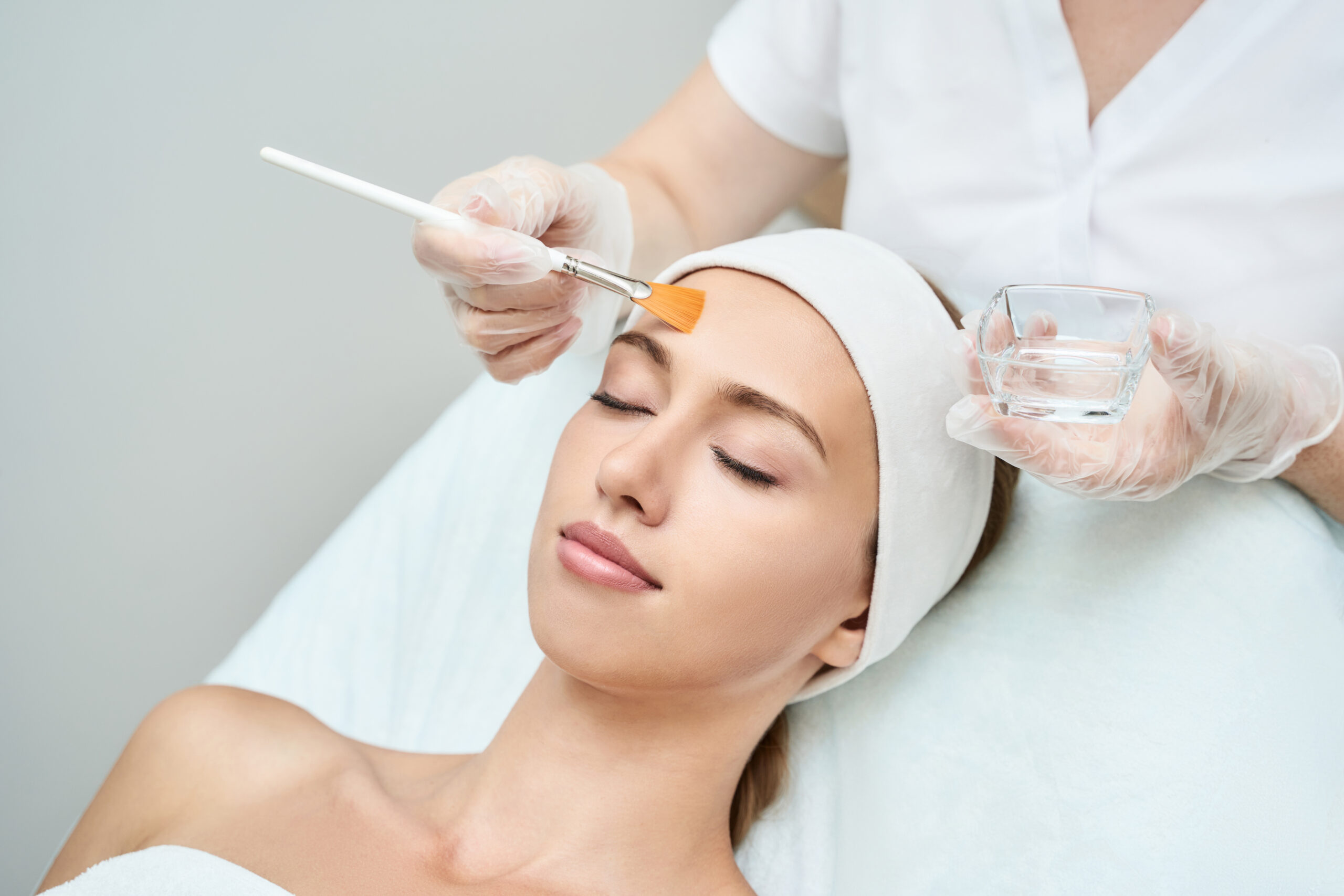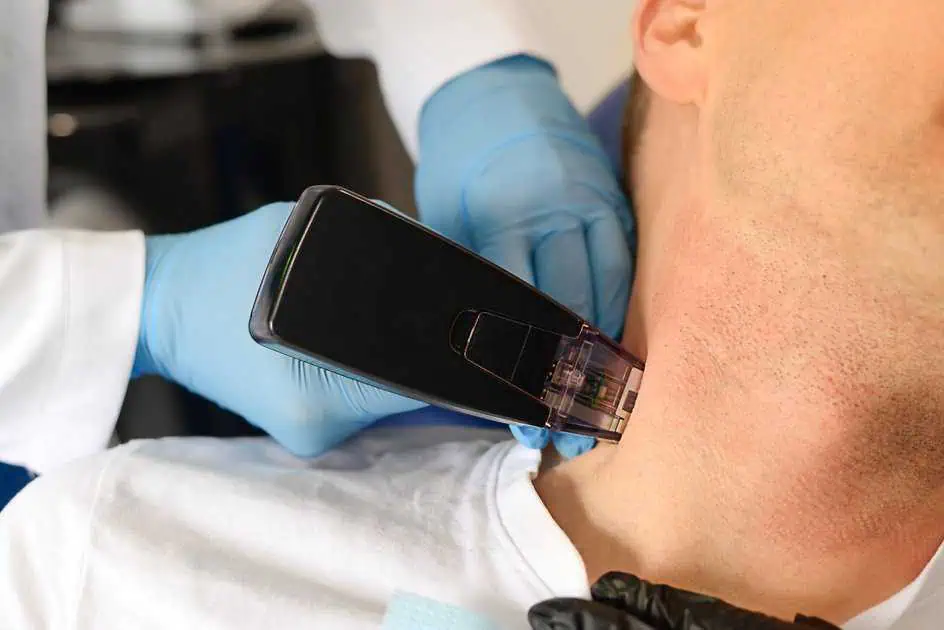Facials are a key part of skincare, but how often should we really get them? The answer isn’t as straightforward as you think it is. Our skin is as unique as we are, and so are its needs. Whether you’re dealing with oily skin, fighting dry patches, or just aiming for that glow, the right facial routine can make a big difference. But it’s not just about picking any facial; it’s about finding the right type and frequency that matches your skin’s specific needs.
Knowing Your Skin Type and Needs
Think of your skin as a unique entity with its own characteristics and requirements. Broadly speaking, skin types are categorized as oily, dry, combination, or sensitive, but remember, your skin might not fit neatly into these labels. It’s a dynamic organ, and factors like age, environment, and lifestyle easily influence it.
If you have oily skin, you’re familiar with shine and may frequently experience breakouts. Facials that deep cleanse and regulate oil production can be your ally. Dry skin, on the other hand, often feels tight and flakey. Here, hydrating facials can be a game-changer, providing much-needed moisture. Combination skin is a bit of both worlds, usually oily in the T-zone and dry elsewhere. This type calls for a balanced approach in facials, targeting different areas with specific treatments. Lastly, sensitive skin demands gentle care. It’s easily irritated, so choosing soothing, non-aggressive facials is key.
The trick is not just knowing your skin type but also being aware of its shifts. Weather, stress levels, and age changes can affect your skin. It’s not static; your skincare shouldn’t be either. Paying attention to how your skin feels and looks over time will guide you in adjusting your facial routine to suit its evolving needs.
Best Facial Treatment Types and Their Purposes
Facials come in various forms, each serving a specific purpose. Here’s a rundown of some common types:
- Deep Cleansing Facials: Ideal for removing dirt, oil, and other impurities that can clog pores. This facial typically involves exfoliation, steaming, and extraction, making it a great choice for those with oily or acne-prone skin.
- Exfoliating or Peeling Facials: These are designed to remove dead skin cells and promote cell turnover. Options like chemical peels or microdermabrasion are popular. They’re beneficial for smoothing the skin’s texture and can aid in reducing the appearance of scars or hyperpigmentation.
- Hydrating Facials: Perfect for dry or dehydrated skin, these facials focus on moisturizing. They use serums and masks rich in hydrating ingredients to replenish and nourish the skin, restoring its natural moisture balance.
- Anti-Aging Facials: Targeted at mature skin, these facials aim to address signs of aging like fine lines, wrinkles, and loss of elasticity. They often involve collagen-boosting treatments and antioxidants to promote a more youthful appearance.
Recommended Frequency of Facials for Different Skin Types
Your skin’s needs can change due to stress, diet, and environmental changes. It’s always a good idea to consult with a skincare professional who can assess your skin’s unique condition and give personalized advice. However, here is a general recommended frequency for each skin type.
- Oily and Acne-Prone Skin: If you have oily skin or are prone to breakouts, a facial every 4-6 weeks can be beneficial. Regular facials help manage excess oil, prevent clogged pores, and keep acne at bay. However, if you’re undergoing acne treatment, consult with your dermatologist for the best frequency.
- Dry and Sensitive Skin: Those with dry or sensitive skin might find that less frequent facials, perhaps every 6-8 weeks, are better. Hydrating facials are excellent for restoring moisture, but overdoing it can sometimes lead to sensitivity or irritation.
- Combination Skin: With combination skin, a balance is key. A facial every 5-7 weeks can effectively address both oily and dry areas without overstimulating the skin.
- Normal Skin: If you’re lucky enough to have normal skin, a facial every 8 weeks is generally sufficient to maintain its health and vitality.
- Mature Skin: For those focusing on anti-aging, a facial every 4-6 weeks can support skin elasticity and reduce signs of aging. Treatments often include ingredients that stimulate collagen production and hydration.
Maximizing the Facial Benefits
Before your facial, be clear about your skin concerns and goals. Help your aesthetician tailor the treatment to your needs. It’s also a good idea to avoid using harsh products or aggressive exfoliation a few days before your facial to prevent undue irritation.
Communication can make all the difference. Don’t hesitate to speak up if something feels off, whether it’s the pressure during a massage or a reaction to a product. The more feedback you provide, the more personalized and effective your treatment will be.
After the facial, following up with the right skincare routine will improve the effects. Your skin is often more receptive to products post-facial, so using quality skincare that complements the treatment can prolong and enhance the results. Protect your freshly treated skin from the sun and harsh environmental elements.
Facials are powerful, but they’re not standalone solutions. Your daily habits play a significant role in your skin’s health. This includes staying hydrated, eating a balanced diet, and sleeping well.
Risks of Overdoing Facials
One of the primary risks of excessive facials is skin irritation. Treatments, especially those involving exfoliation and extraction, can be harsh. When done too frequently, they can strip away the natural oils that protect your skin, leading to dryness, redness, and irritation. In some cases, over-exfoliation can even cause a breakdown of skin barriers, making your skin more susceptible to infections and environmental damage.
Sensitivity is another risk to consider. Regular, intense treatments can make your skin more prone to reactions, even to products it previously tolerated well. This heightened sensitivity can result in rashes, breakouts, and other forms of discomfort.
For those with acne-prone skin, overdoing facials can lead to more breakouts. This is because excessive manipulation of the skin can spread bacteria and cause inflammation.
There’s also the risk of altering the skin’s natural balance. Our skin has its own ecosystem of oils and bacteria that maintain its health. Over-treating can disrupt this balance, leading to issues like dryness or excessive oiliness, as the skin tries to compensate for the disturbance.
Takeaway
Are you ready to advance your skincare regimen? See us at Skin Studio Wellness and Aesthetics. Emily will work with you to learn and address your skin’s needs. She will help you every step of the way, whether your goals are to treat specific skin conditions, brighten your complexion, or treat yourself to some much-needed self-care. Contact us right now to start toward healthy, glowing skin. Let Skin Studio Aesthetics and Wellness be your skincare partner because your skin deserves the best services.







